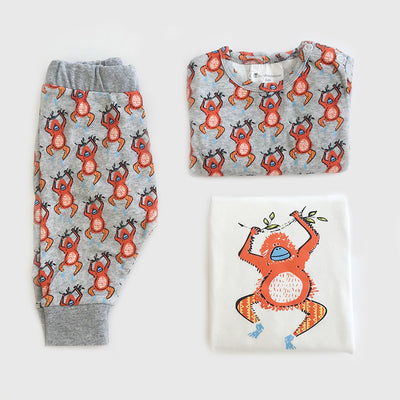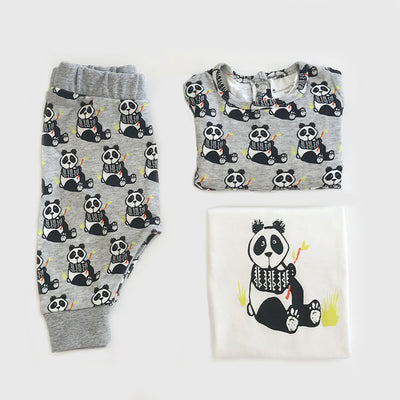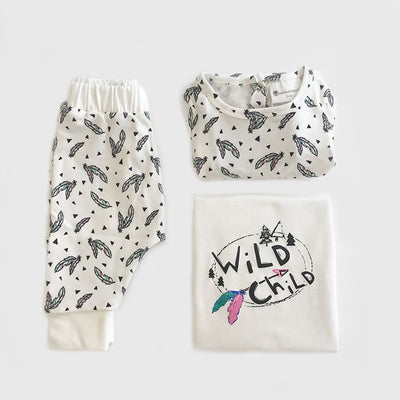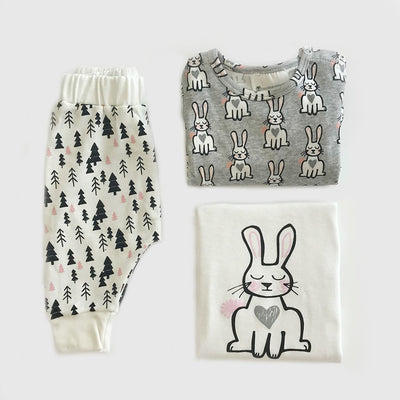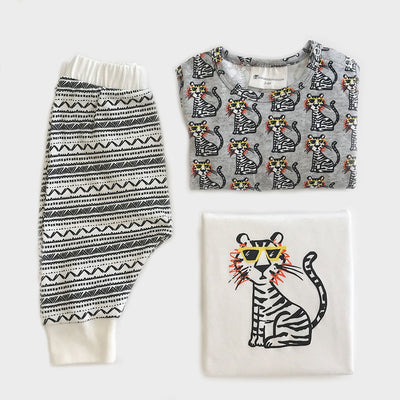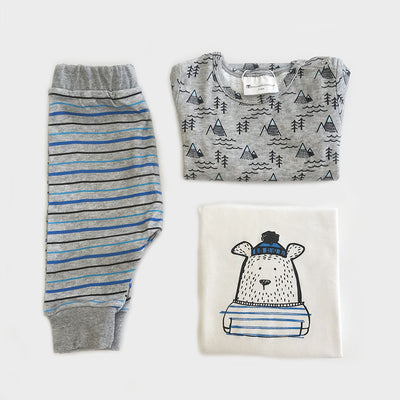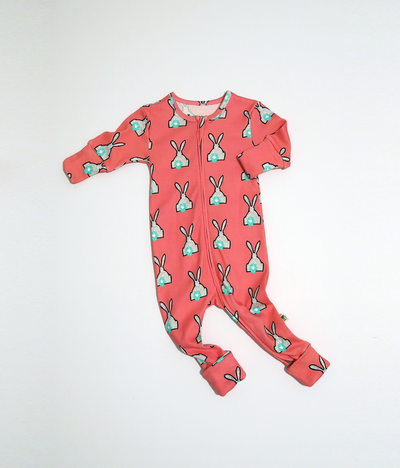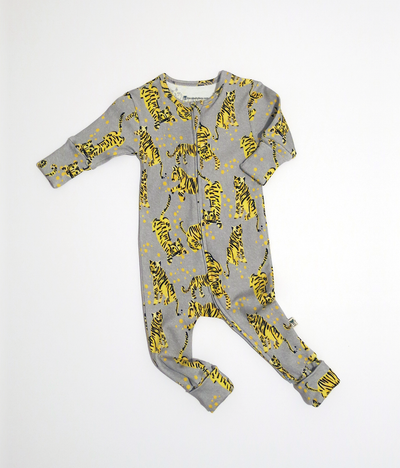There are however, a few key signs that your can keep an eye out for which will help you assess where they’re at:
- They’re starting to become interested in the bathroom and toilet
- They’re walking and can sit for short periods of time
- They’re staying dry for up to two hours – this shows that they’re starting to store wee in the bladder ( in younger babies and newborns this automatically empties)
- Talking about it with words or gestures when they do a poo or wee in their nappy. A good sign is if they are telling you before it happens
- Can pull their pants up and down
- General independence is a key sign - completing tasks and saying ‘no’ more often
- They might also start to dislike wearing a nappy, trying to pull it off when it’s wet
- They’re starting to follow simple instructions like ‘Give the ball to mummy’
Don’t worry if not all these signs are present, if you’re noticing a general trend in this direction, this will let you know it’s time to start the training.
1. Fun times
It’s definitely going to be a trying time for you and your partner, but making the whole thing fun for your little one will definitely get them there quicker. Allow them to get their favourite toys involved, this might be by putting their stuffed animals on the potty or having them explain to their stuffed toys what the potty is for. Another fun thing is to bring out books to read while on the potty. This will help them to form a fun association with going to the toilet.
2. Education
This is a great way to help explain to your little one in a fun way and a great way to give them a point of reference. There are lots of children’s books out there which help explain about using the potty. Be sure to check that you like the way this is explained in the books, a way which you can incorporate into the training. You could even make a custom book for them.
3. Roam free
It’s great for your little one to visually understand when they are going. Letting them be naked in appropriate places, is a great way to do this. With this, they’ll be able to make the mental connection between what you’ve been talking about to the actual reality of the situation.
Depending on where you live and the unpredictable British weather, the garden is a great place to practice this and also less messy than inside the house.
4. Straight to the point
Keep an eye on your little one during the day, the likelihood is that they’ll probably be showing signs when they need to go, such as pausing in the middle of doing something, squatting, straining, grunting or moving around as if they are uncomfortable after just going. Rather than asking “What are you doing?” another way is to be straight to the point and say things matter-of-factly such as, “You are going pee/poop”.
5. Give them a little space
Your little one will eventually get there with potty training with your suggestion. After this has successfully happened a few times, you can begin to pull back a bit to see if they will use the potty on their own. We’re sure you don’t want to be constantly asking ‘ do you need to go potty’, because you want them to be able to understand this themselves and have a sense of control. If/when an accident occurs (without a doubt will happen) don’t make a big deal of it, they will get there in the end.


